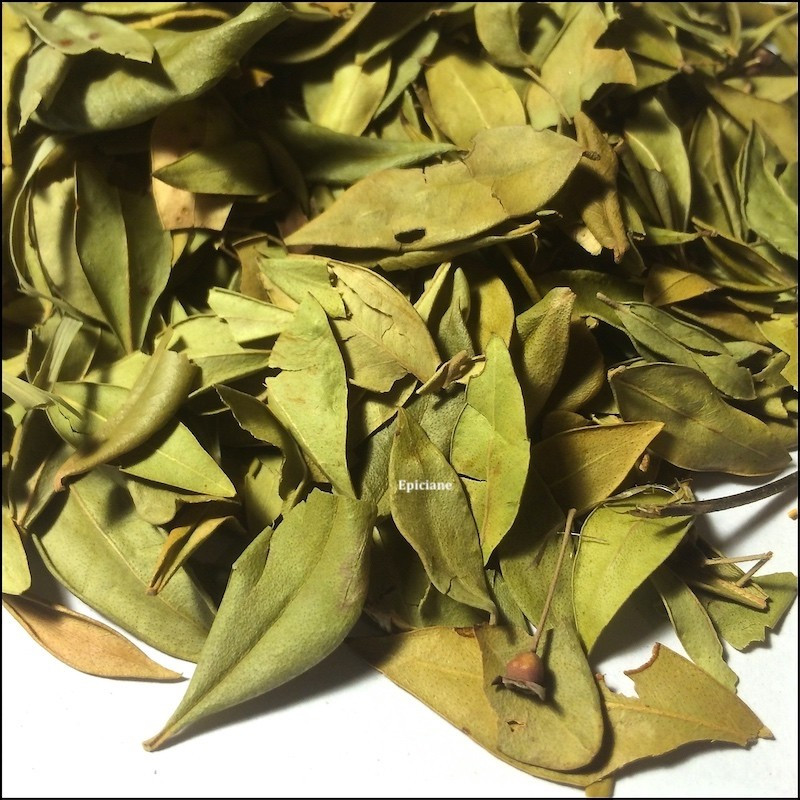
Reference: 021122


Myrtle carries the sunlit taste of the Mediterranean scrubland where it grows.
Used throughout the Mediterranean, it flavors meats, especially game, as well as liqueurs.
 Delivery
Delivery
Mondial Relay
 Returns
Returns
See conditions
 Payments
Payments
100% secure
- Livré en sachet refermable -
Uses in Cooking and Beyond:
Myrtle grows naturally across the Mediterranean scrublands and is especially enjoyed in Corsica, Sardinia, and Sicily.
It flavors game, meats, charcuterie, sauces, and some wines, with a well-known liqueur made in Corsica and Sardinia. Its leaves have a resinous, garrigue aroma reminiscent of rosemary. When scattered over coals for grilling meats, they release a delightful fragrance that infuses the meat.
You can also grind the leaves into a powder to flavor sauces and even jams.
In infusions, myrtle leaves are astringent, aid digestion, and help combat childhood diarrhea.
From fresh leaves, an essential oil is extracted that has antibiotic and antiseptic properties, beneficial for respiratory and urinary infections. It’s also rich in oligo-galacturanes, proteins that protect skin cells by extending their lifespan.
In perfumery and cosmetics, this essential oil is used in toothpaste, soaps, and shampoos.
The reddish, flexible yet durable branches were traditionally used for making baskets and fish traps; today, they are more commonly used to flavor grilled foods.
Who Am I?
Origin: Morocco
Scientific Name: Myrtus communis
Other Names: common myrtle, Corsican myrtle
The masculine form "le myrte" refers to the shrub, while the feminine "la myrte" is used for the berry or leaf (a nuance of the French language!). Myrtle is widespread in the Esterel Massif, the Gulf of Saint-Raphaël, Corsica, Sardinia, Italy, and Morocco. This evergreen, bushy shrub belongs to the Myrtaceae family and reaches a height and width of 2 to 3 meters. It’s resistant to climate variations and disease, with low water needs that allow it to withstand Mediterranean droughts. Its small, pointed, dark green, shiny, leathery leaves are harvested from May to July.
In early summer, it produces small, fragrant white flowers with long, numerous stamens, followed by edible blackish-blue berries.
A Little History:
Myrtle holds symbolic connections with several deities: the goddess Venus, the god Jupiter, and the muse Erato, who is often depicted wearing a crown of myrtle and roses. In ancient Greece, myrtle was worn by priestesses.
Data sheet
Reference: 021122
Reference: laurierE
Reference: 121320001
Reference: 3N7201902
Reference: aubepinefl
Reference: 20731803
Reference: 6L5609803
Reference: 112930001
Reference: gentiane
Reference: 9K5061101
Reference: PL-EK0-07
Reference: 11N7866301
Reference: 6N7456401
Reference: 7K4954201
Reference: 6K4878201
Reference: angelique
Reference: laurierE
Reference: 9N7669901

Myrtle carries the sunlit taste of the Mediterranean scrubland where it grows.
Used throughout the Mediterranean, it flavors meats, especially game, as well as liqueurs.